You learn to play padel or are you already a seasoned player? Do you know the 3 striking heights? We tell you everything.
Learn to play padel it is to start from the bottom of the track. Once you are comfortable with direct hits and window exits, you can begin to venture into the net and the attacking game.
Positioning yourself at the bottom of the track is not that easy. We must first have a basic location, then quickly detect whether we are going to play a forehand or a backhand before finally reading the trajectory of the ball, impacting it in the best conditions to put our opponents in a uncomfortable position.
In order to help you in this defense construction, it is interesting to understand the 3 strike heights from the bottom of the track.
Low position
It is the most complicated. It sits between the floor and slightly above your knee. Here, when you carry out your preparation, you will be able to claim to return in a “fairly” safe way. balls close to the ground sent by your opponents both directly and out of the window.
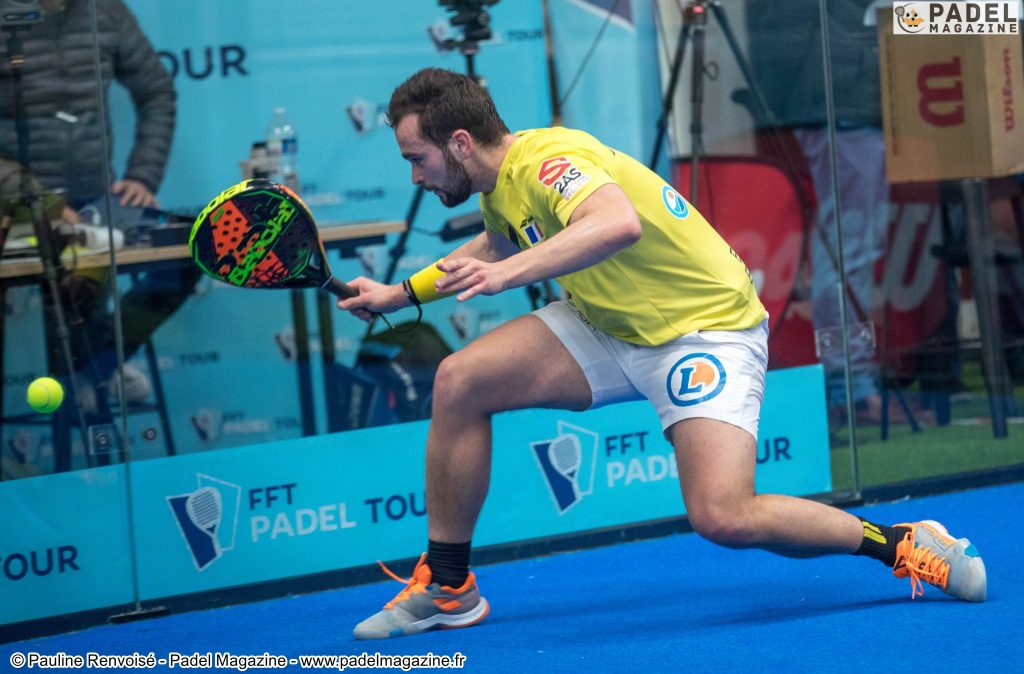
High position
In this case we will speak of attack balls. These are all the bullets that we can impact above belt level. These high defensive balls will allow us a little more freedom to attack opponents at the net with a fast ball, a well placed ball or a lob.
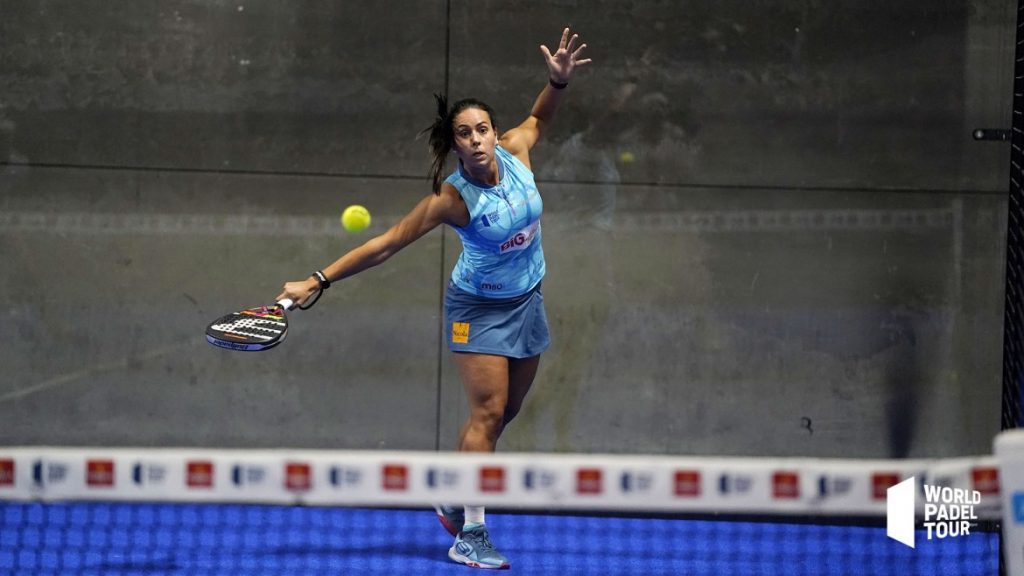
Neutral position
We will call it neutral because it is located the height we use most often, without even realizing it, between the top of the knee and the belt. During our defense we play a lot of shots at this height for both offensive lobs and slow balls in the feet, topspin balls or simply waiting balls.
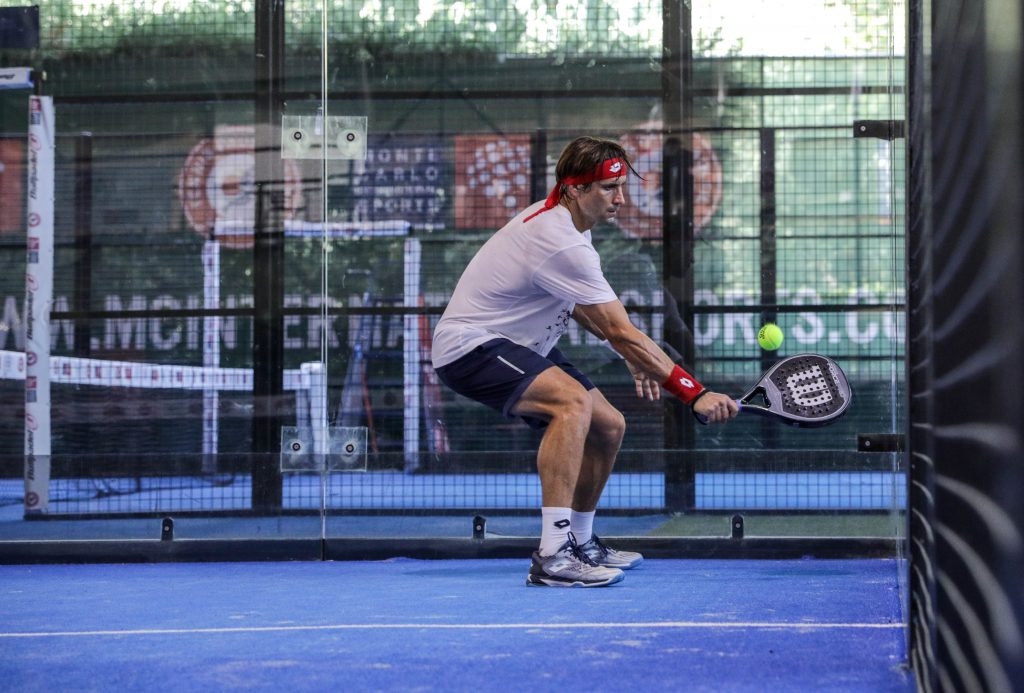
How to prepare correctly?
Difficult to know what is the best preparation for these 3 heights is not it? Here are two different ways to prepare.
The most complicated is focused on players who already have experience in racket sports and who can read the ball. The technique consists of put the pala in preparation position very early at the height of the move that will be played. Ex: you know that you will be able to attack because the ball will have a high rebound, so you place your pala above the level of the belt.
This technique is quite complicated because if you don't read the ball well, you might find yourself playing a low ball with high preparation, which may cause ineffective defense and therefore an attacking ball for your opponents.
The second is certainly the more suitable for beginner players. It allows your brain to develop a habit of preparation and therefore automate a gesture. When you have detected whether you need to play a forehand or a backhand, place your pala in the low preparation position. From there, following the trajectory of the ball and its rebound, you can adjust the preparation height to go from low to neutral or even high.
It is much easier to prepare first in the low position and then raise the pala than the other way around.
The difference with the pros
For us poor amateur players, preparing early will not hamper the end result. On the other hand among professionals, early preparation will allow opponents to read the game and therefore to position themselves accordingly.
If you dwell on the preparation at the back of the track of the WPT players you will notice that it is very late for “Hide” the move they have chosen.
Julien Bondia is a teacher of padel in Tenerife (Spain). Columnist and advisor, he helps you play better through his tutorials and tactical/technical articles padel.




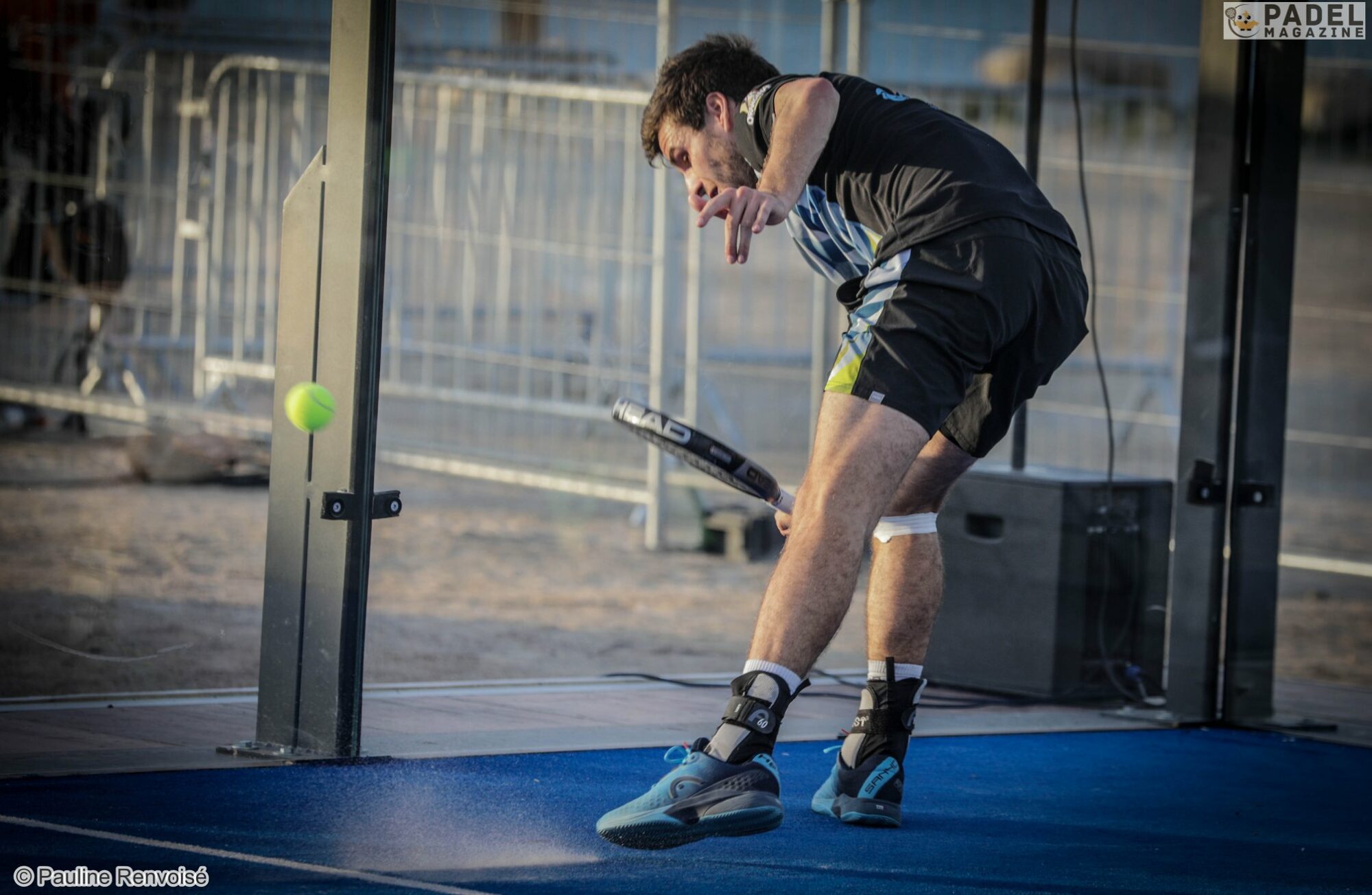
































































































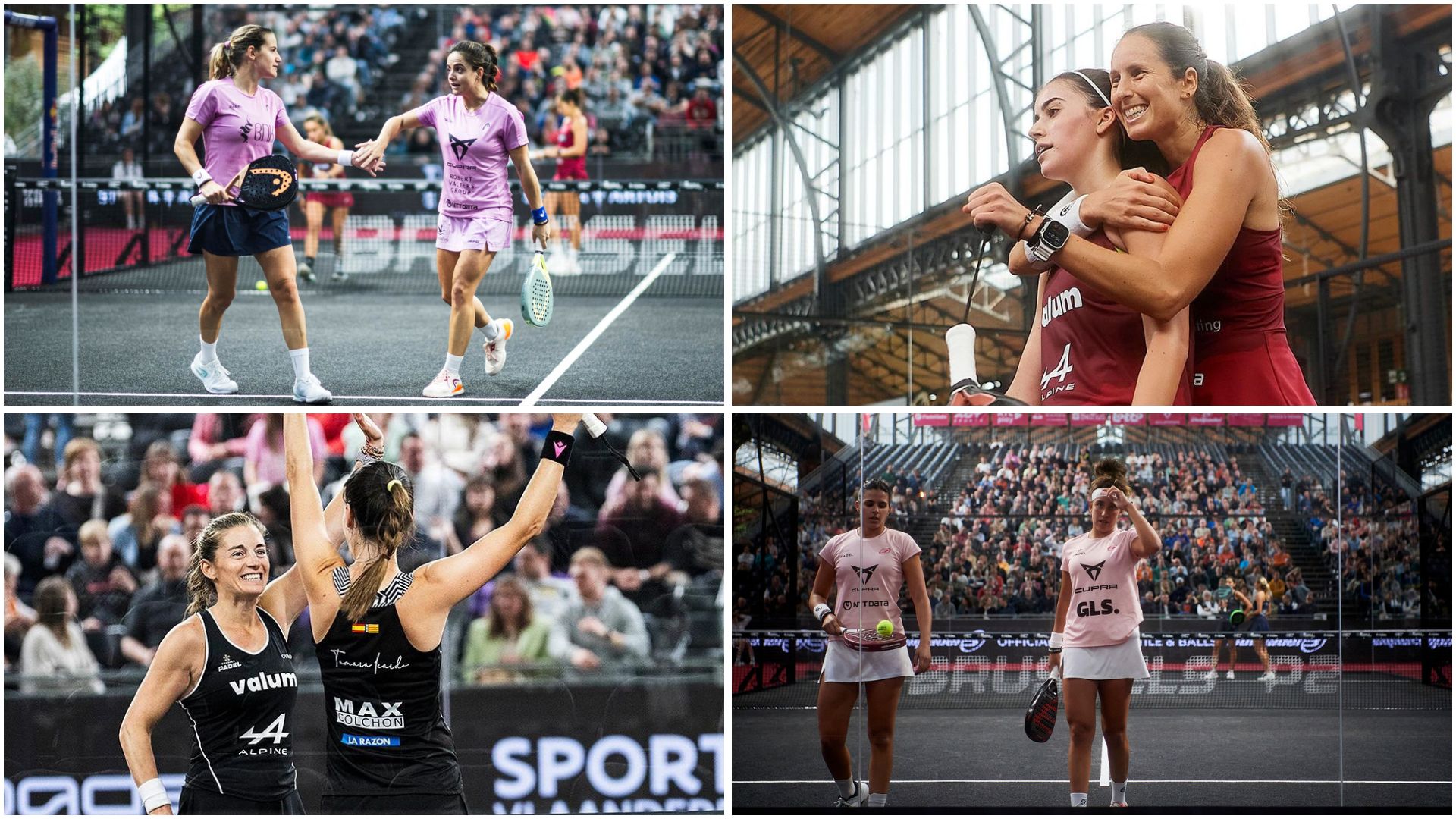 Premier Padel Brussels P2 – The women’s Big 4 at the semi-finals!
Premier Padel Brussels P2 – The women’s Big 4 at the semi-finals! Premier Padel Brussels P2 – Sanz and Nieto win a big fight against Lebron / Navarro!
Premier Padel Brussels P2 – Sanz and Nieto win a big fight against Lebron / Navarro! Premier Padel Brussels P2 – The break obviously did Sanchez / Josemaria good!
Premier Padel Brussels P2 – The break obviously did Sanchez / Josemaria good!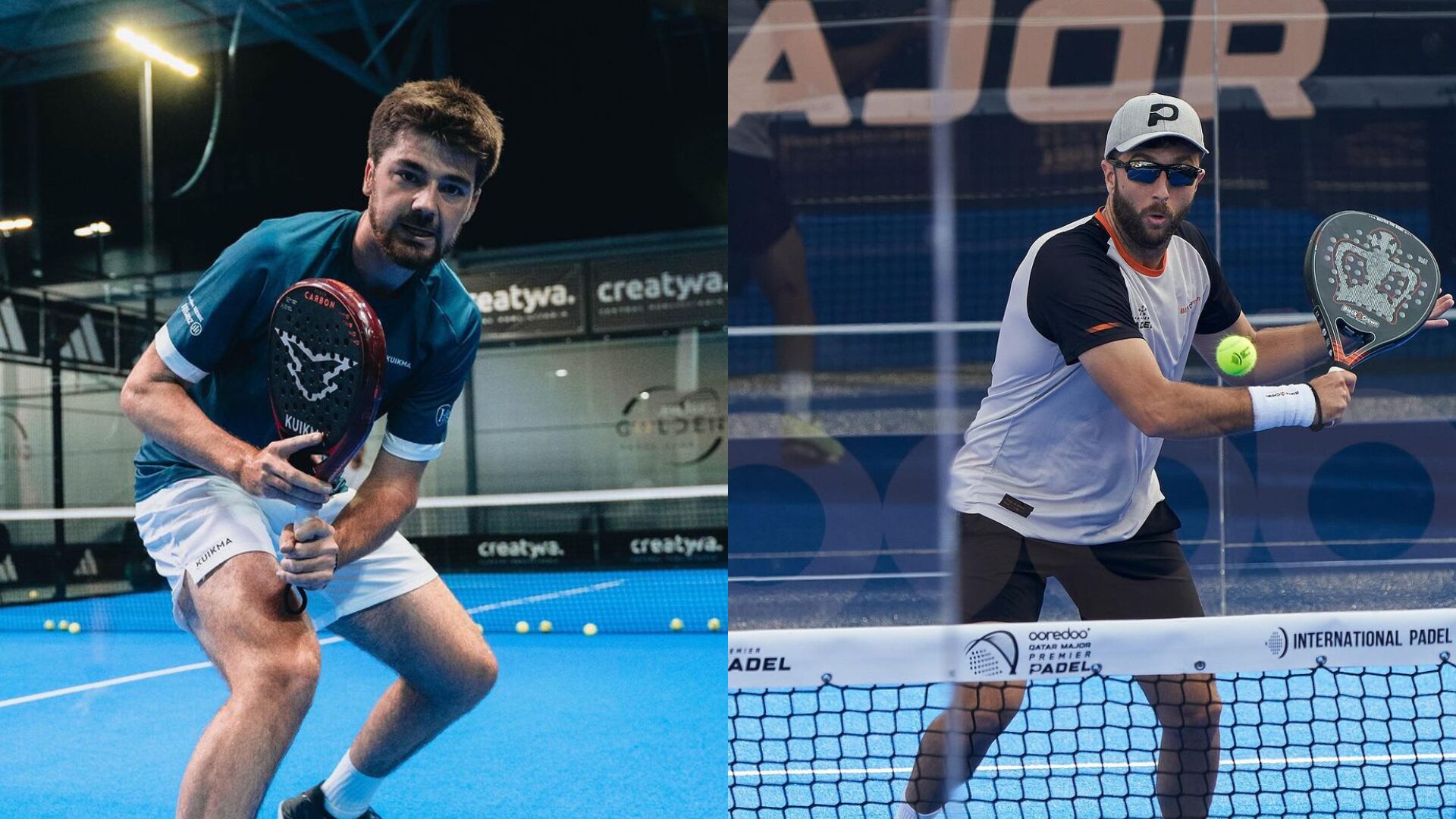 Premier Padel Sevilla P2 – From the waiting list to previas for Dylan Guichard and Ricardo Martinez!
Premier Padel Sevilla P2 – From the waiting list to previas for Dylan Guichard and Ricardo Martinez! Guillaume Codron de Sud Padel : “A family project”
Guillaume Codron de Sud Padel : “A family project” Nallé Grinda: “Democratize the padel in the USA with PadelX "
Nallé Grinda: “Democratize the padel in the USA with PadelX " Simon Boissé: “We know that there are two nations in front of us”
Simon Boissé: “We know that there are two nations in front of us” Marie Maligo: “This period of frequent changes of partners was beneficial for me”
Marie Maligo: “This period of frequent changes of partners was beneficial for me” Gilles Moretton: “We will be able to put the padel at the level of tennis”
Gilles Moretton: “We will be able to put the padel at the level of tennis” Two P1000 doubled prize money approaching!
Two P1000 doubled prize money approaching! José Manuel Escin at the inauguration of Casa Padel DOS: “Finally, and thank you!”
José Manuel Escin at the inauguration of Casa Padel DOS: “Finally, and thank you!”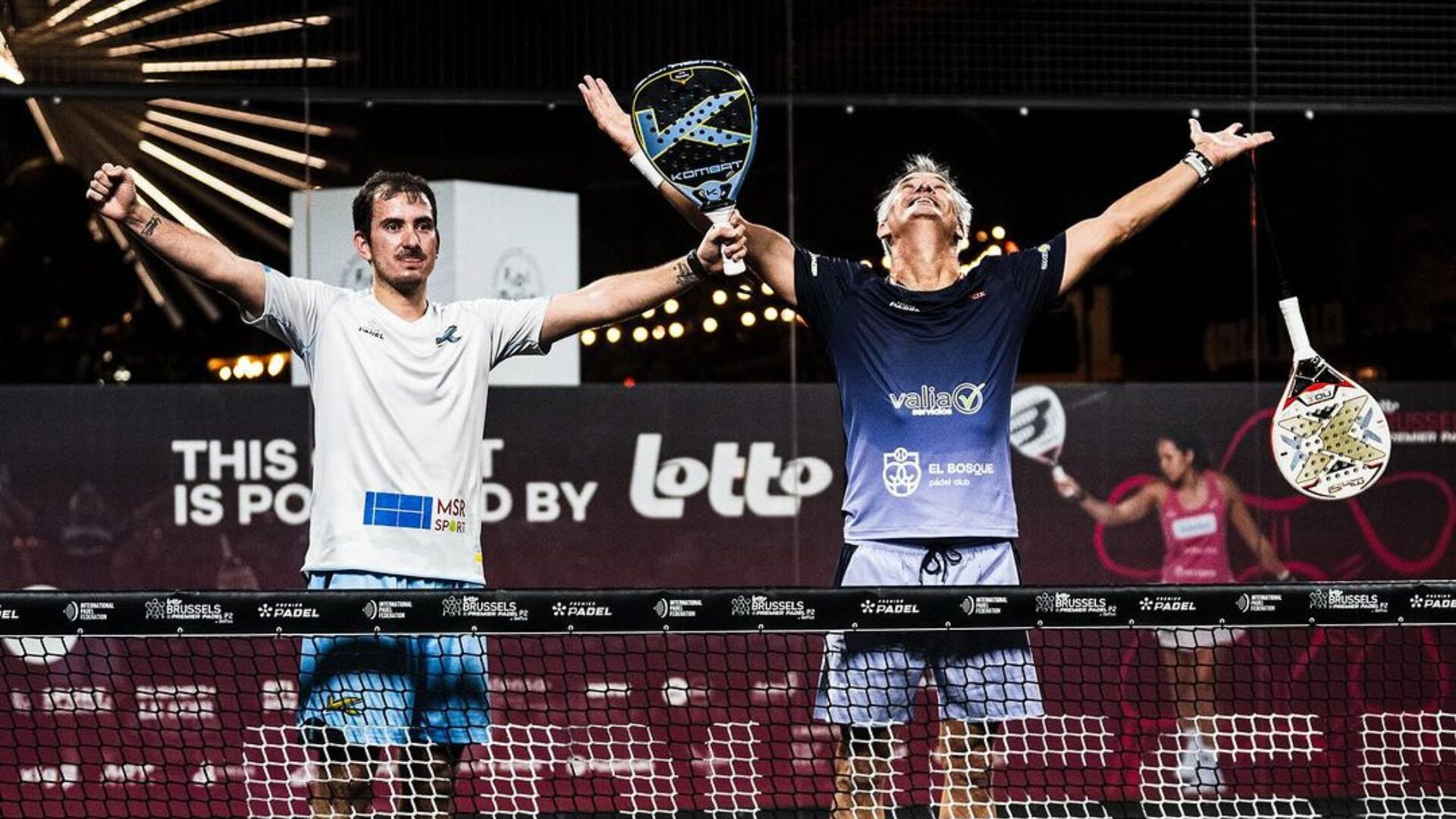 Miguel Lamperti: three tie-breaks and a return to the quarter-finals!
Miguel Lamperti: three tie-breaks and a return to the quarter-finals!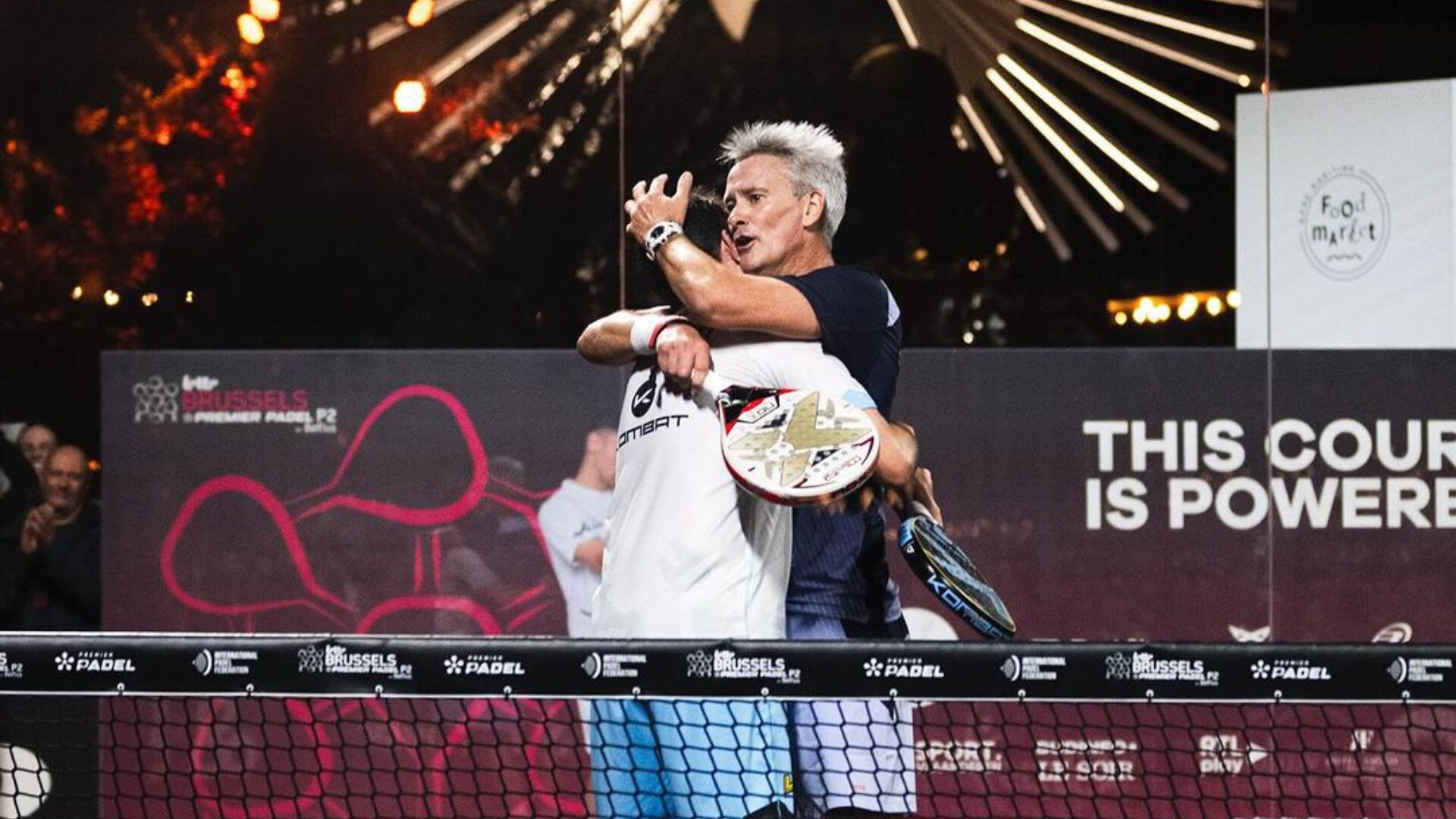 Big evening in Brussels with two seeded players on the mat, heckled number 1s…
Big evening in Brussels with two seeded players on the mat, heckled number 1s…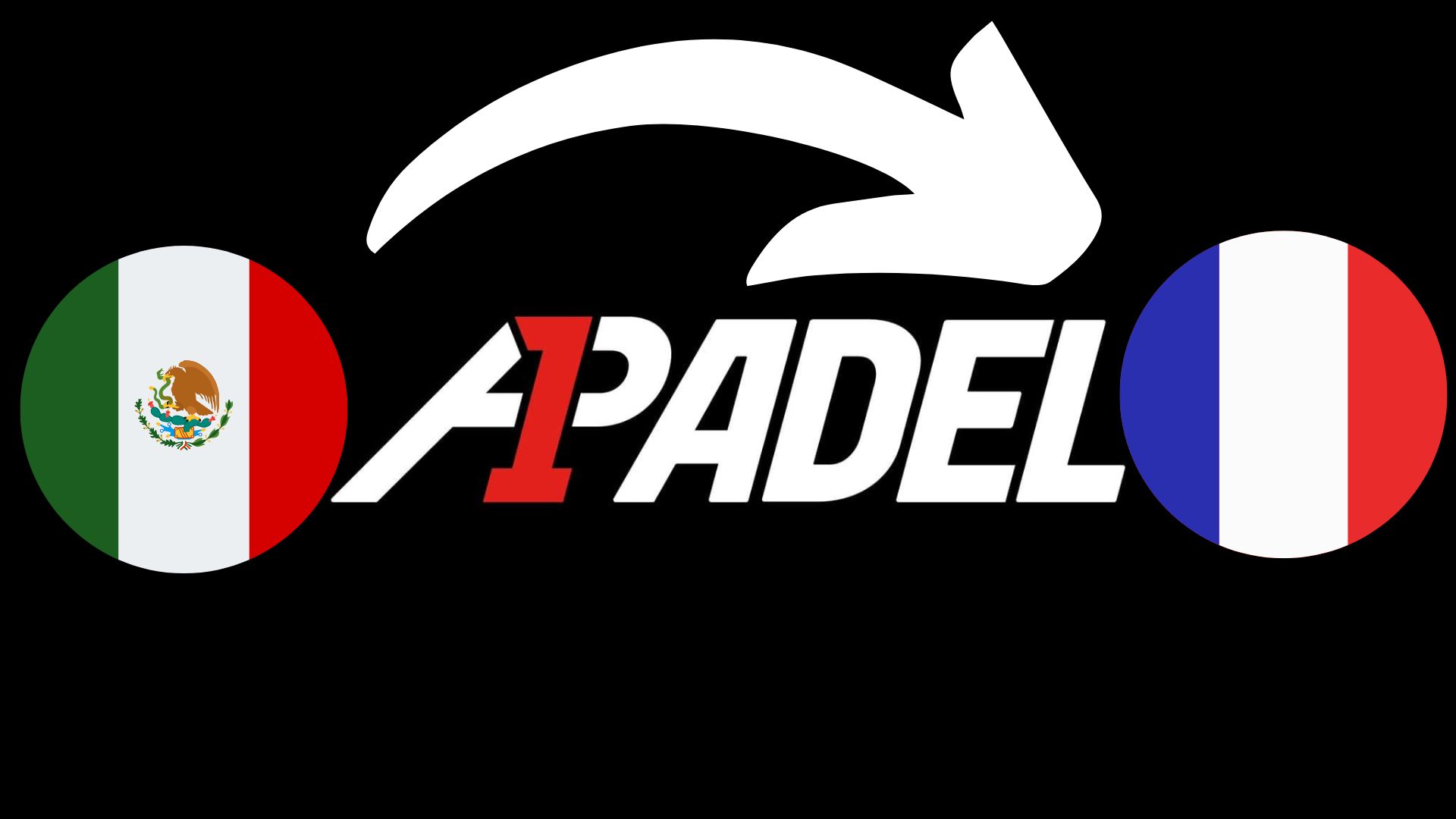 A1 Padel – the French Open replaces the Mexican Open on the calendar
A1 Padel – the French Open replaces the Mexican Open on the calendar Padel Score comes to Tahiti for American Express Padel Cup!
Padel Score comes to Tahiti for American Express Padel Cup! Do you know the Rafa Nadal Academy Tour?
Do you know the Rafa Nadal Academy Tour? Play at padel on his yacht? Possible for €233.000!
Play at padel on his yacht? Possible for €233.000! Our Top 10 training courses padel in France and Europe
Our Top 10 training courses padel in France and Europe At the heart of padel – Episode 25: Paul and Andoni answer your questions
At the heart of padel – Episode 25: Paul and Andoni answer your questions Tactical padel – What to do when faced with players who systematically stay at the bottom?
Tactical padel – What to do when faced with players who systematically stay at the bottom? The basic tactics of padel
The basic tactics of padel At the heart of padel – Episode 25: Paul and Andoni answer your questions
At the heart of padel – Episode 25: Paul and Andoni answer your questions At the heart of padel – Episode 23: defend the window well
At the heart of padel – Episode 23: defend the window well Prohibition on playing topless Padel : the reasons
Prohibition on playing topless Padel : the reasons FIP Tour – Going far from Europe, THE strategy to earn points!
FIP Tour – Going far from Europe, THE strategy to earn points! What is a good football player? padel ?
What is a good football player? padel ? “Lefties give me headaches when I play against them!”
“Lefties give me headaches when I play against them!” At the heart of padel – Episode 14: how to earn points in winter?
At the heart of padel – Episode 14: how to earn points in winter? A par 4 is always a winner...even if you manage to defend it!
A par 4 is always a winner...even if you manage to defend it! Carbon fiber VS fiberglass: what to choose?
Carbon fiber VS fiberglass: what to choose? How to effectively test a racket padel ?
How to effectively test a racket padel ? La padel to fight Parkinson's disease
La padel to fight Parkinson's disease Don't play with a cracked or broken racket, your body will thank you!
Don't play with a cracked or broken racket, your body will thank you! Michel Cymes: “The padel, physically, it’s serious!”
Michel Cymes: “The padel, physically, it’s serious!” Jeremy Gala: “Promote the padel among young people in Belgium remains a challenge”
Jeremy Gala: “Promote the padel among young people in Belgium remains a challenge” The French Touch Academy organizes its selection day Padel-Study
The French Touch Academy organizes its selection day Padel-Study Report on the detection and training of younger generations
Report on the detection and training of younger generations